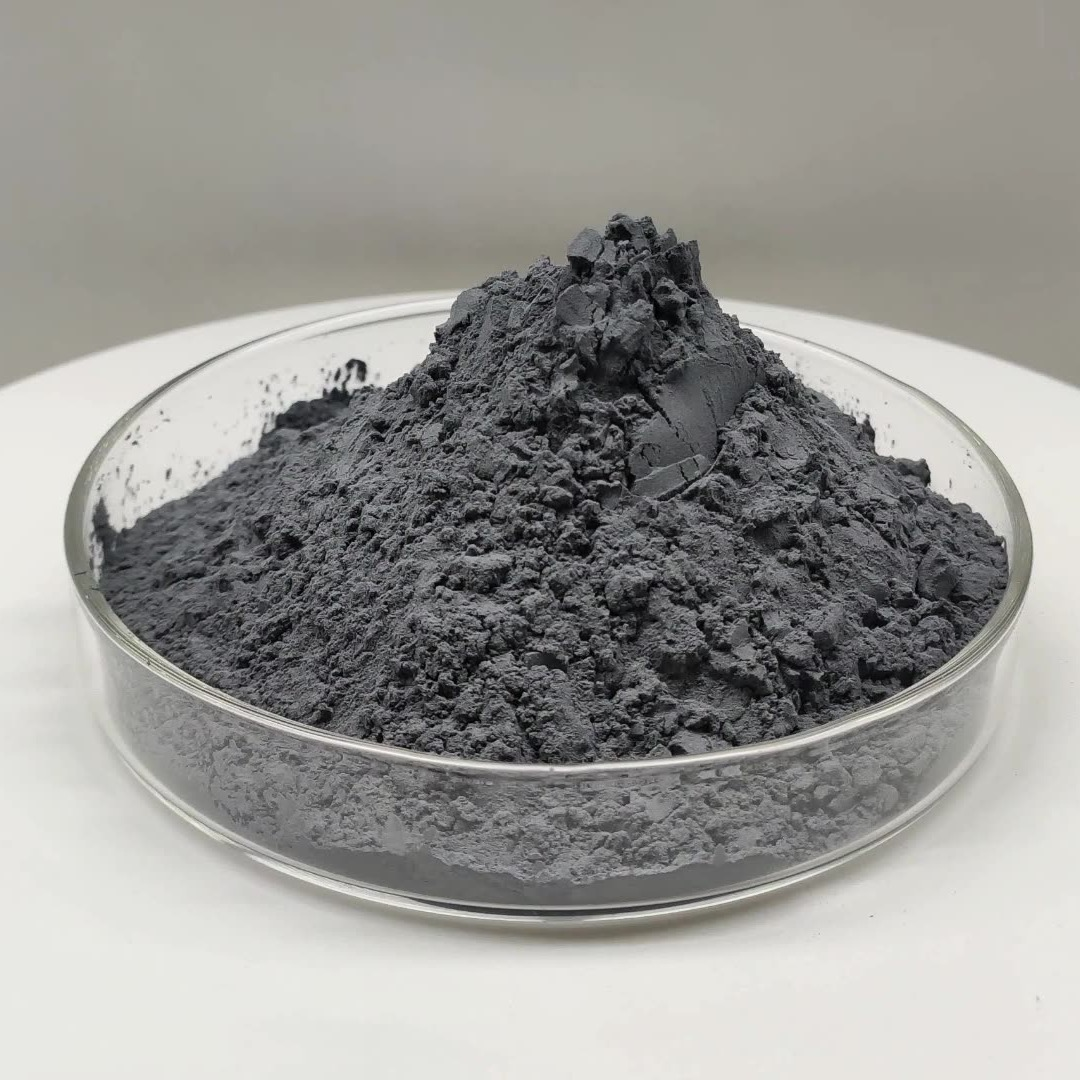Boron carbide structural formula
Boron carbide is a compound ,
the chemical formula B4C, and its structural formula is as follows:B=C=B
Boron carbide is composed of three covalent bonds between carbon and boron atoms. This is because the C and the B have three valence electrons. The covalent bond between C and B is non-bonded,giving boron carbide a high hardness and melting point.
boron carbide gives it high hardness and thermal conductivity. The hardness close to that of diamond, and its thermal conductivity is close to metallic copper. widely used in cutting tools, ceramic materials, furnaces, and thermal conductive materials.
The structure of boron carbide also gives it some special properties. Since the structure of boron carbide contains stable boron-boron bonds, boron carbide has high thermal and chemical stability. In addition, boron carbide also has low resistivity and high radiation resistance, making it an important application in the nuclear industry and electronic devices.
n summary, the structural formula of boron carbide is B ≡ C ≡ B, which is composed of three covalent bonds connecting C and B. The structure of boron carbide is layered, so boron carbide has high hardness and thermal conductivity.Boron carbide is an important wear-resistant material and high-temperature material. It is widely used in cutting tools, ceramic materials, stoves and thermal conductive materials. In addition, boron carbide also has high thermal stability, chemical stability, low resistivity and high radiation resistance, making it of great application value in the nuclear industry and electronic devices.

